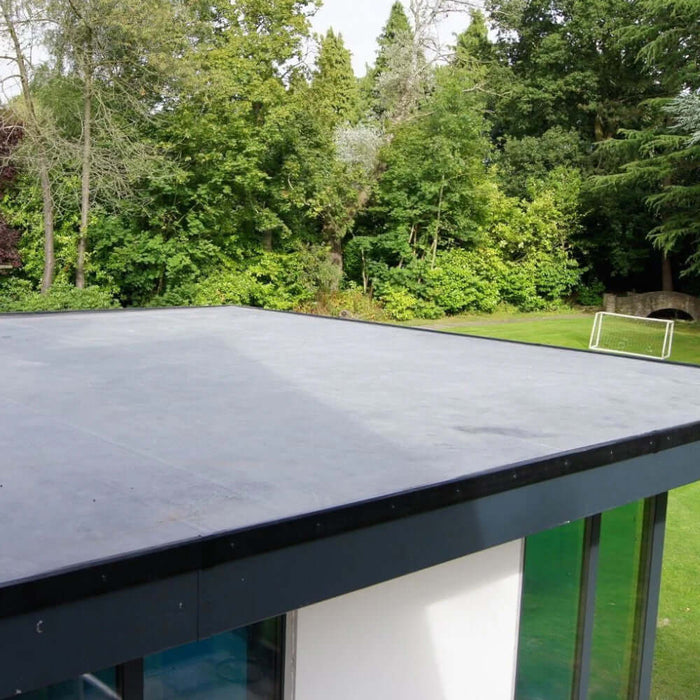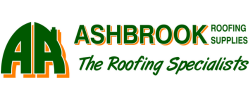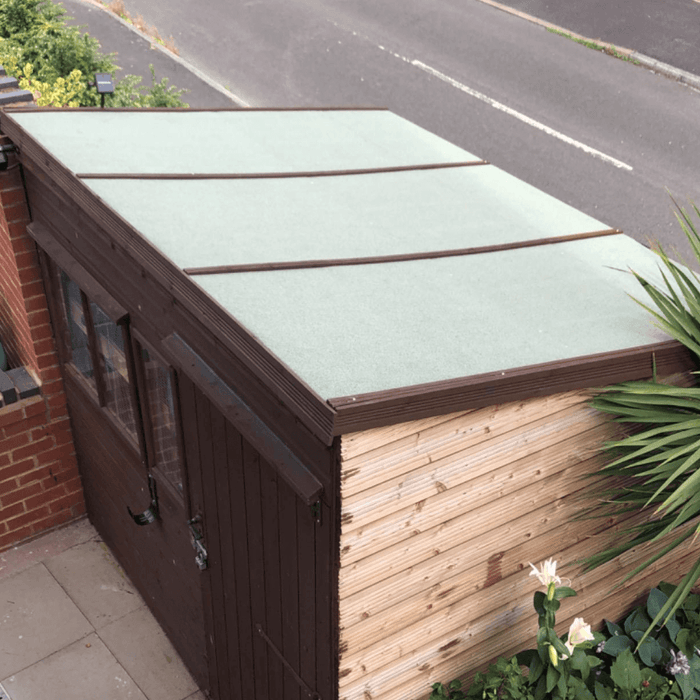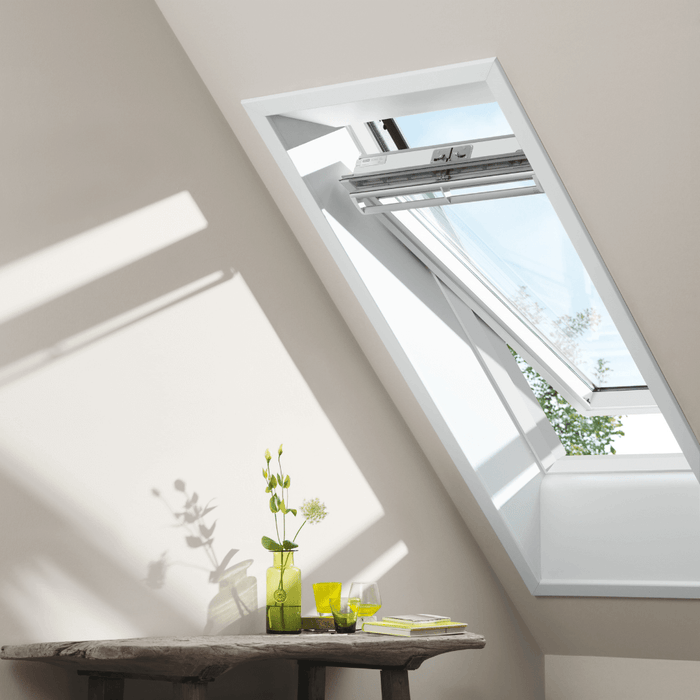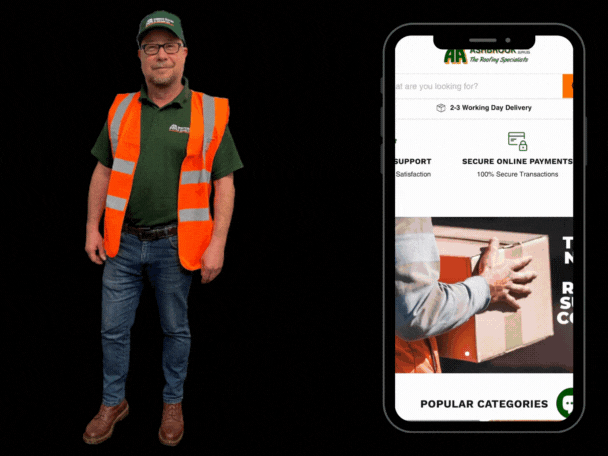When it comes to maintaining a safe and efficient home, your chimney plays a vital role in venting smoke and harmful gases from your fireplace or stove. Central to this system is the chimney cowl, a device that improves draft and prevents blockages. However, if not installed or maintained properly, a chimney cowl could inadvertently lead to dangerous situations, including carbon monoxide poisoning. Here, we’ll explore the connection between chimney cowls and carbon monoxide risks, and how you can ensure your home remains safe.
What is a Chimney Cowl?
A chimney cowl is a cover fitted to the top of your chimney to serve several purposes:
Improving Draft: It enhances airflow, helping smoke and gases escape efficiently.
Preventing Blockages: It keeps out debris, birds, and other animals.
Reducing Downdrafts: Certain designs minimize wind from blowing smoke back into your home.
There are various types of chimney cowls available, including anti-downdraft cowls, bird guards, and rotating cowls, each designed to address specific needs.
How Can a Chimney Cowl Contribute to Carbon Monoxide Poisoning?
Carbon monoxide (CO) is a colourless, odourless gas produced when fuels like wood, coal, or gas burn incompletely. If a chimney is not venting properly, CO can accumulate to dangerous levels inside your home. Here are some ways a chimney cowl might contribute to this problem:
Poor Installation: An improperly fitted cowl can obstruct airflow, preventing gases from escaping efficiently.
Blockages: Over time, debris, soot, or animal nests can accumulate in or around the cowl, reducing ventilation.
Inappropriate Design: Using a cowl that is not suited to your chimney type or fuel system can lead to reduced performance and increased risk of CO buildup.
Environmental Factors: Extreme weather conditions, such as strong winds, can create downdrafts that push harmful gases back into your home.
Signs of Carbon Monoxide Issues in Chimneys
It’s crucial to recognize the warning signs that your chimney might not be functioning safely:
Visible Soot Build up: Excess soot around the fireplace or on the chimney walls.
Downdrafts: Smoke re-entering your home, particularly on windy days.
Physical Symptoms: Headaches, dizziness, nausea, and fatigue in household members—all potential signs of CO poisoning.
CO Detector Alerts: If you have a carbon monoxide detector (which you absolutely should), pay attention to any alarms or warnings.
Preventing Carbon Monoxide Poisoning with Chimney Cowls
To minimize the risks associated with chimney cowls, follow these steps:
Choose the Right Cowl: Ensure the cowl is compatible with your chimney type and fuel system. For example, anti-downdraft cowls are ideal for areas prone to high winds.
Professional Installation: Always have chimney cowls installed by a qualified professional to ensure proper fitting and functionality.
Regular Maintenance: Schedule regular chimney inspections and cleanings to remove soot, debris, and blockages. This includes checking the condition of the cowl.
Install a CO Detector: Place carbon monoxide detectors in key areas of your home, such as near bedrooms and living spaces. Test them regularly to ensure they’re functioning properly.
Monitor Environmental Factors: Be aware of weather conditions that might affect chimney performance, and consider cowls designed to mitigate these issues.
While chimney cowls are essential for protecting and improving the functionality of your chimney, neglecting their proper installation and maintenance can have serious consequences. Carbon monoxide poisoning is a real and potentially deadly risk, but it’s one that can be mitigated with the right precautions.
By choosing the appropriate chimney cowl, scheduling regular maintenance, and using CO detectors, you can enjoy the warmth of your fireplace or stove without worrying about the dangers of carbon monoxide. For peace of mind, consult a professional chimney sweep or installer to assess your chimney’s safety today.
